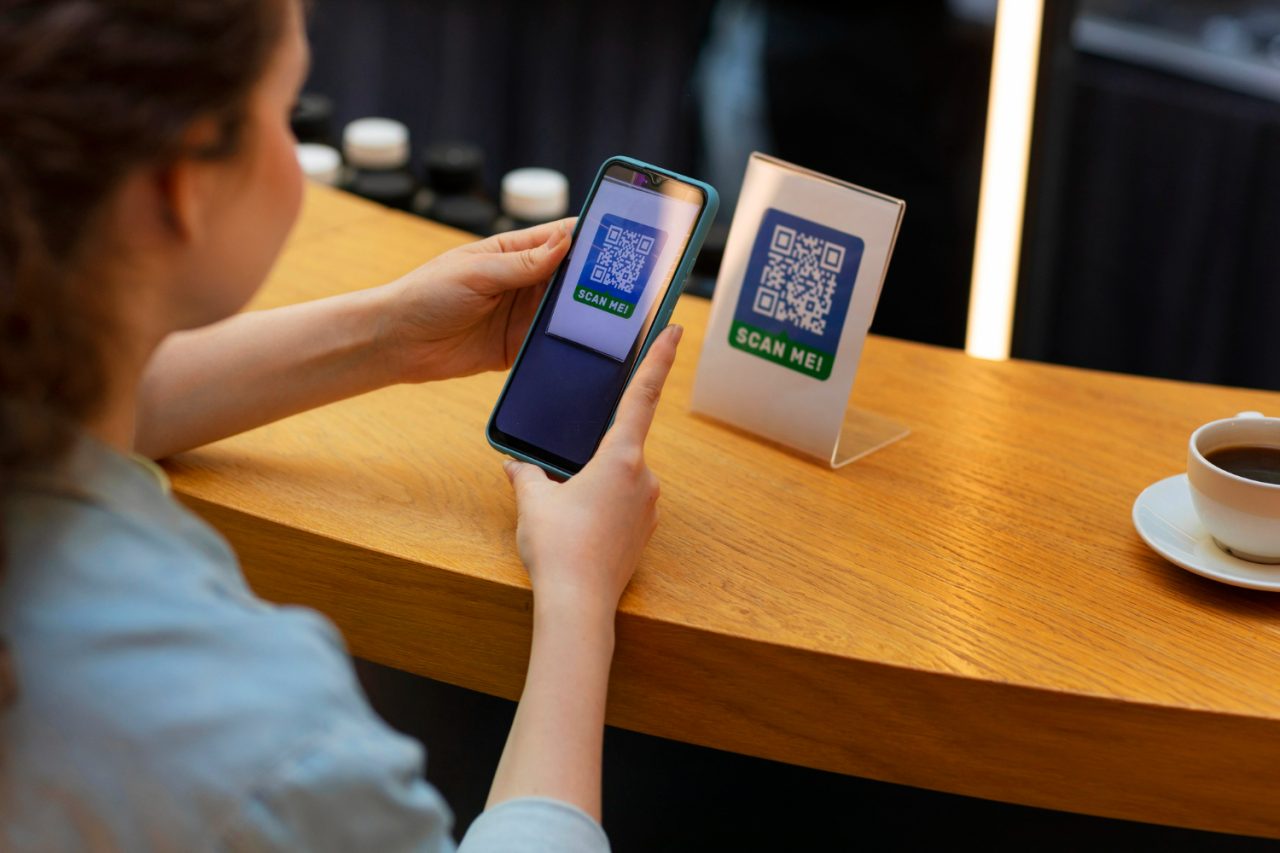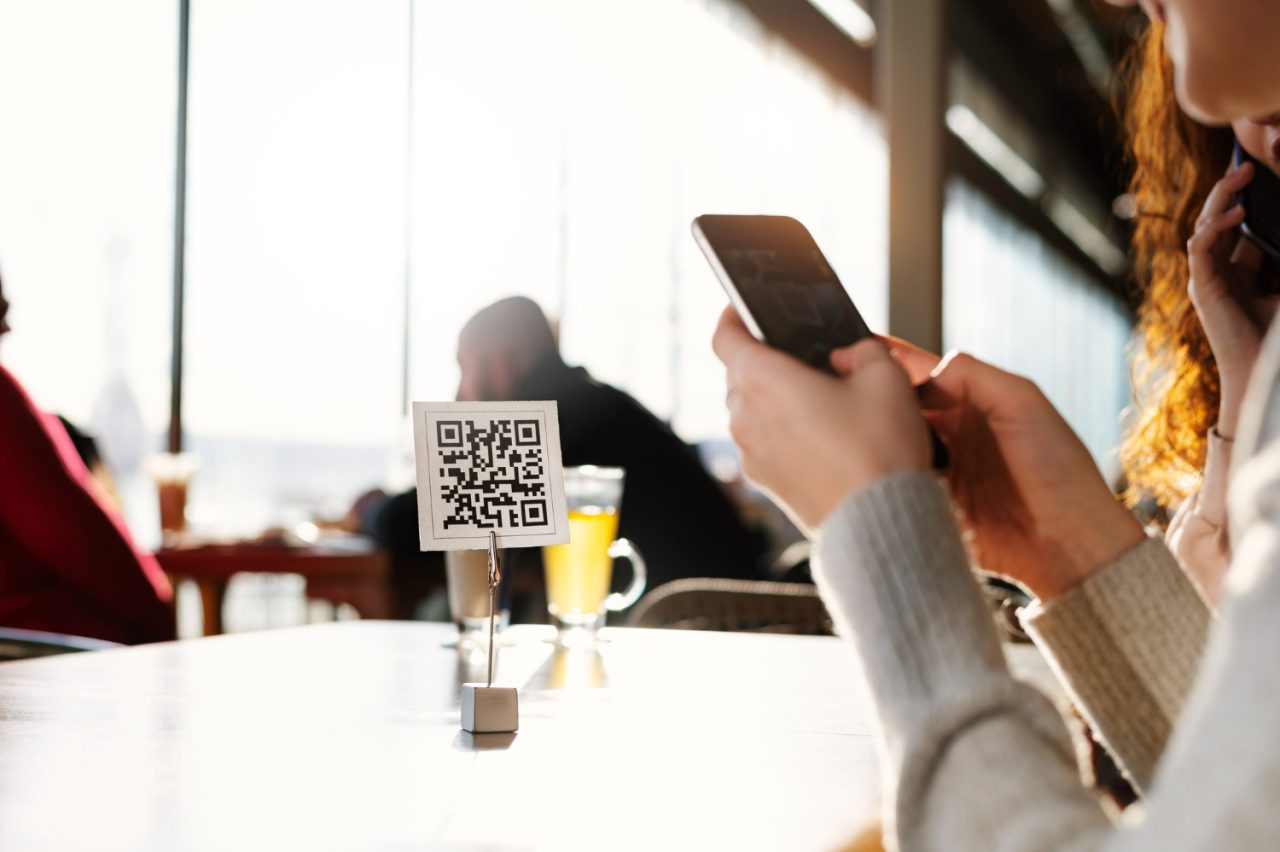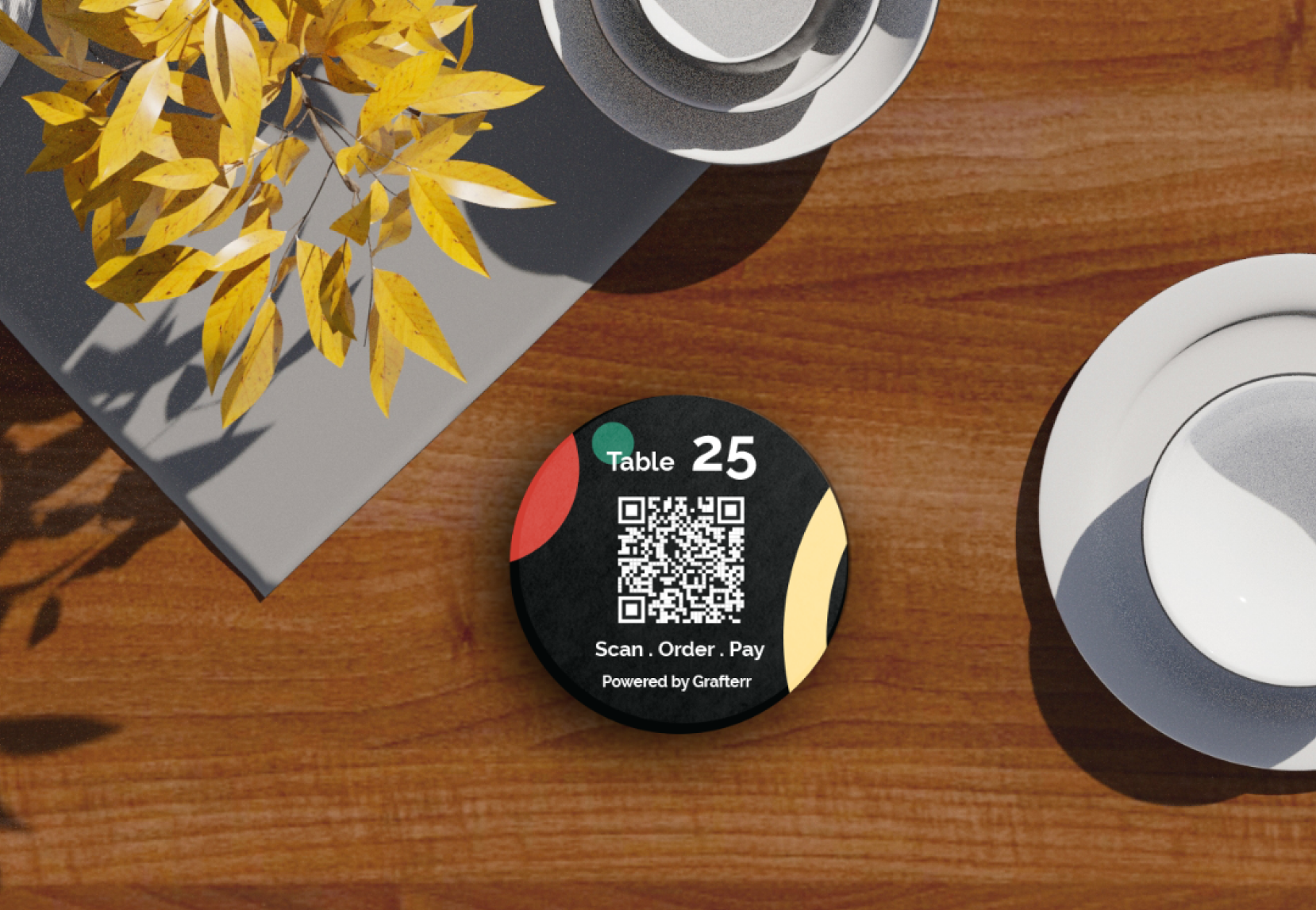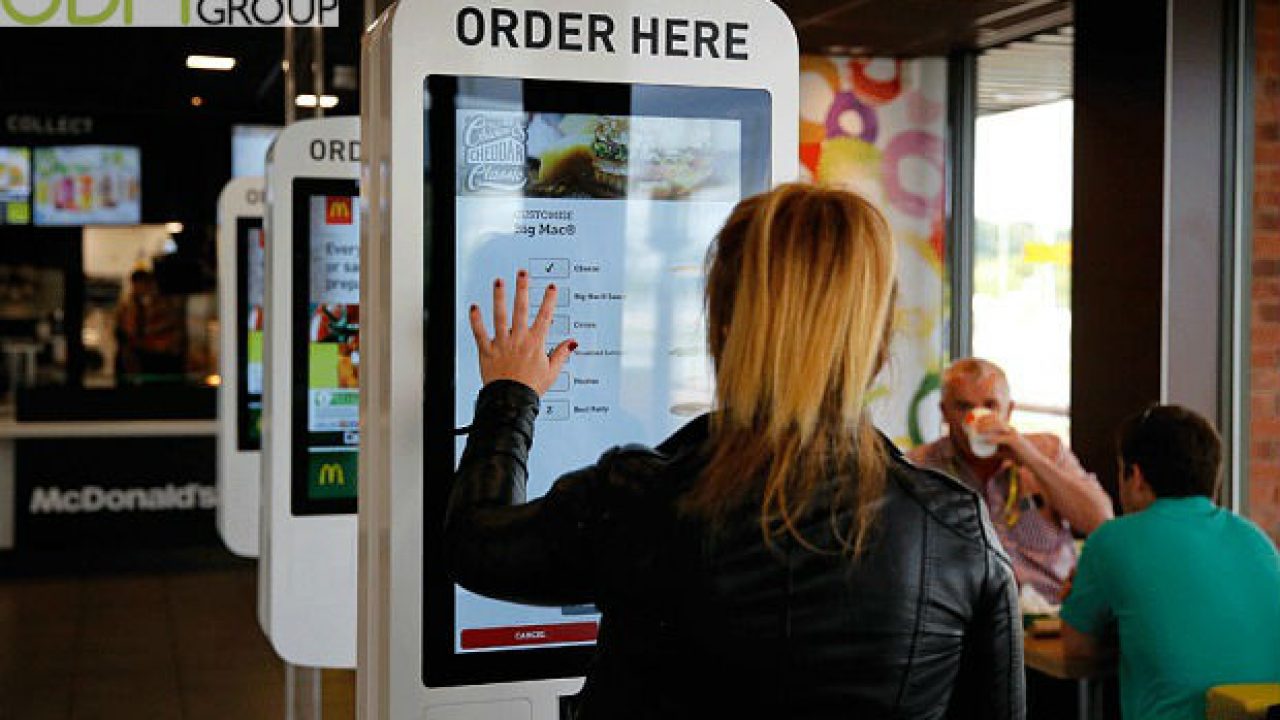From staff shortages to unprecedented demand spikes. QR technology has emerged as a beacon of adaptability and efficiency, offering a robust solution to navigate these turbulent times.
The introduction of any new technology often meets with a degree of skepticism and hesitation. Initially, people may find adapting to novel systems challenging, requiring both time and effort to overcome the initial unfamiliarity.
This was certainly the case with QR technology, which, despite its potential, was initially regarded as an oddity in many sectors, including hospitality.
The key to widespread adoption lies not just in the technology itself but in demonstrating its tangible benefits to both businesses and consumers.
A turning point with the pandemic
The COVID-19 pandemic served as an unexpected catalyst for the rapid adoption of QR codes across various industries, particularly in food and drink businesses.

Health and safety concerns necessitated minimal contact and physical distancing, propelling QR technology from a novelty to a necessity almost overnight.
This shift provided a unique opportunity to showcase the versatility and efficiency of QR codes, not just for health and safety but also for enhancing service delivery and customer experience.
The crisis highlighted how QR codes could streamline operations, reduce waiting times, and offer a contactless service, thereby gaining acceptance and appreciation from businesses and patrons alike.
Beyond the pandemic: Economic and manpower solutions
Post-pandemic, the focus on QR technology has shifted towards addressing broader challenges such as economic constraints and manpower shortages.
Restaurants and bars now view QR codes as a strategic tool to optimize operations and reduce dependency on a large workforce.
By enabling customers to scan, order, and pay through their smartphones, establishments can maintain high service levels even with limited staff.
This efficiency not only helps in managing operational costs but also in navigating economic downturns more effectively.
Investing in QR technology is now seen as a proactive measure to future-proof businesses against both current and upcoming challenges.

As the food and drink industry continues to evolve, the innovative use of QR codes represents a pivotal shift in how services can be delivered more efficiently, regardless of economic conditions or staffing levels.
The journey of QR technology, from a curious innovation to an essential operational tool, underscores the importance of adaptability and the potential for technology to transform industry practices for the better.
Overcoming staff shortages with QR technology
Staff shortages and high turnover rates can severely impact service quality and operational efficiency in the hospitality industry.
QR codes serve as a vital tool in mitigating these issues by automating the ordering and payment processes. This technology reduces the need for a large staff, allowing businesses to maintain high service standards even with a limited workforce.
By enabling customers to scan, order, and pay through their mobile devices, establishments can reallocate their remaining staff to focus on food preparation and enhancing customer experience, thus overcoming the hurdles of staff instability.

Meeting increased demand with efficiency
QR technology proves invaluable during times of unexpected demand surges. Traditional service models often struggle to cope with increased customer volume, leading to longer wait times and diminished service quality.
QR codes streamline the ordering process, significantly reducing wait times and the potential for order errors.
This efficiency not only improves customer satisfaction but also increases table turnover rates, allowing businesses to serve more customers without compromising on service quality.
Cost-effective solution for uncertain times
Investing in QR technology is a cost-effective strategy for businesses looking to adapt to economic uncertainties. Unlike other technological investments, the implementation of QR systems requires minimal upfront costs and can be integrated seamlessly into existing operations.
This affordability, coupled with the significant operational benefits, makes QR technology an essential component of the modern hospitality business’s survival toolkit.
Conclusion
As food and drink businesses navigate the challenges of staff shortages and fluctuating demand, QR technology emerges as a critical ally.
By enhancing operational efficiency, improving customer experience, and offering a cost-effective solution to service challenges, QR codes help food and drink establishments thrive in uncertain economic times.
Investing in this technology is not just about survival; it’s about setting the foundation for future growth and resilience.





